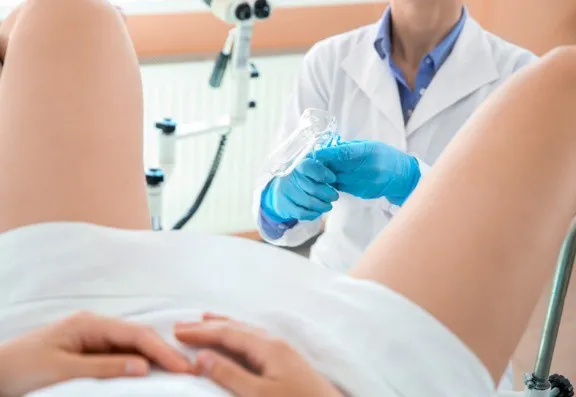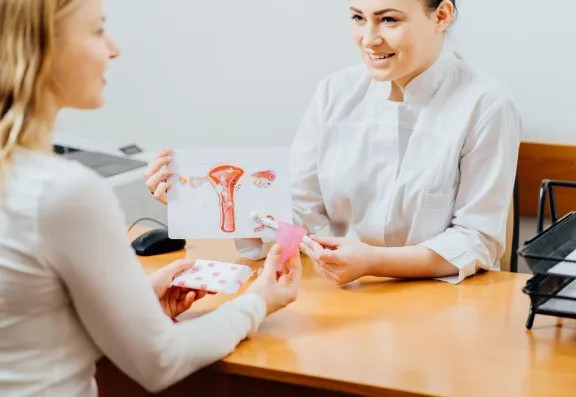
26
Jan
2024
Vaginal laxity (loosening or loss of tonicity of the vaginal wall and vaginal opening) is a common presentation among women after childbirth and menopause with physical and psychological impacts such as diminished or loss of sensation during intercourse that leads to unsatisfied sexual life, loss of confidence and low self-esteem affecting the intimate relationship.1-3
Vaginal Laxity is the main cause of sexual dissatisfaction. Vaginal laxity lacks standardised diagnosis and severity criteria. It is considered a subjective complaint that reflects decreased sexual satisfaction due to vaginal loosening.
It has been estimated that up to 40% of women have complaints of sexual problems, including decreased libido, vaginal dryness, pain with intercourse, decreased genital sensation and difficulty or inability to achieve orgasm.4-6
Vaginal Laxity, How it Happens Following Childbirth:
Vaginal laxity occurs during childbirth when the vaginal tissue and lining are thinned out and stretched to accommodate the delivery of the baby.
Vaginal Laxity happens after several deliveries or big-size babies, where the vaginal wall and its opening become unable to retract back to their initial shape or size due to overstretching and loss of the pelvic muscles’ tone that surrounds the vaginal opening -either due to mechanical overstretch or due to birth tears/injuries- resulting in looseness and weakness of vaginal tissues.
Vaginal laxity syndrome is the term describing a group of symptoms resulting from the disruption of the pelvic floor muscles and manifesting as loose vaginal opening, diminished sexual sensation, urine leakage and stool leakage (faecal urgency or incontinence) 7-9
Vulvovaginal Atrophy (VVA)/ Genitourinary Syndrome of Menopause (GSM), What is it?
Vaginal laxity at menopause is due to declining of Oestrogen hormone production which leads to loss of volume and strength of many feminine tissues that contain Oestrogen receptors that help to maintain the youthful shape and function. At menopause, atrophy (shrinkage) of tissues happens.
There is a reduction in the plumpness (bulk/mass) of the pelvic floor muscles and in the vaginal and urinary areas due to the diminishing of Oestrogen and its receptors mediating or responsible for both the well-being and function of the structures in the feminine area. A deficiency of Oestrogen hormone eventually leads to vaginal dryness and laxity.


Vaginal Laxity and Laser treatment for vaginal tightening.
Laser has become increasingly popular for enhancing/gratification of sexual and orgasmic function along with the treatment of vaginal laxity by gently ablating the weakened tissue in the vaginal wall that improves vascularisation and stimulating the natural body healing process promoting fibrin and collagen deposition. The new collagen and elastin formation improves lubrication and restores the strength and elasticity of the vaginal wall and the supporting connective tissue matrix.
The procedure is painless, and takes a few minutes, with 5-7 days of downtime. It may take up to 3 sessions to achieve the targeted success rate.